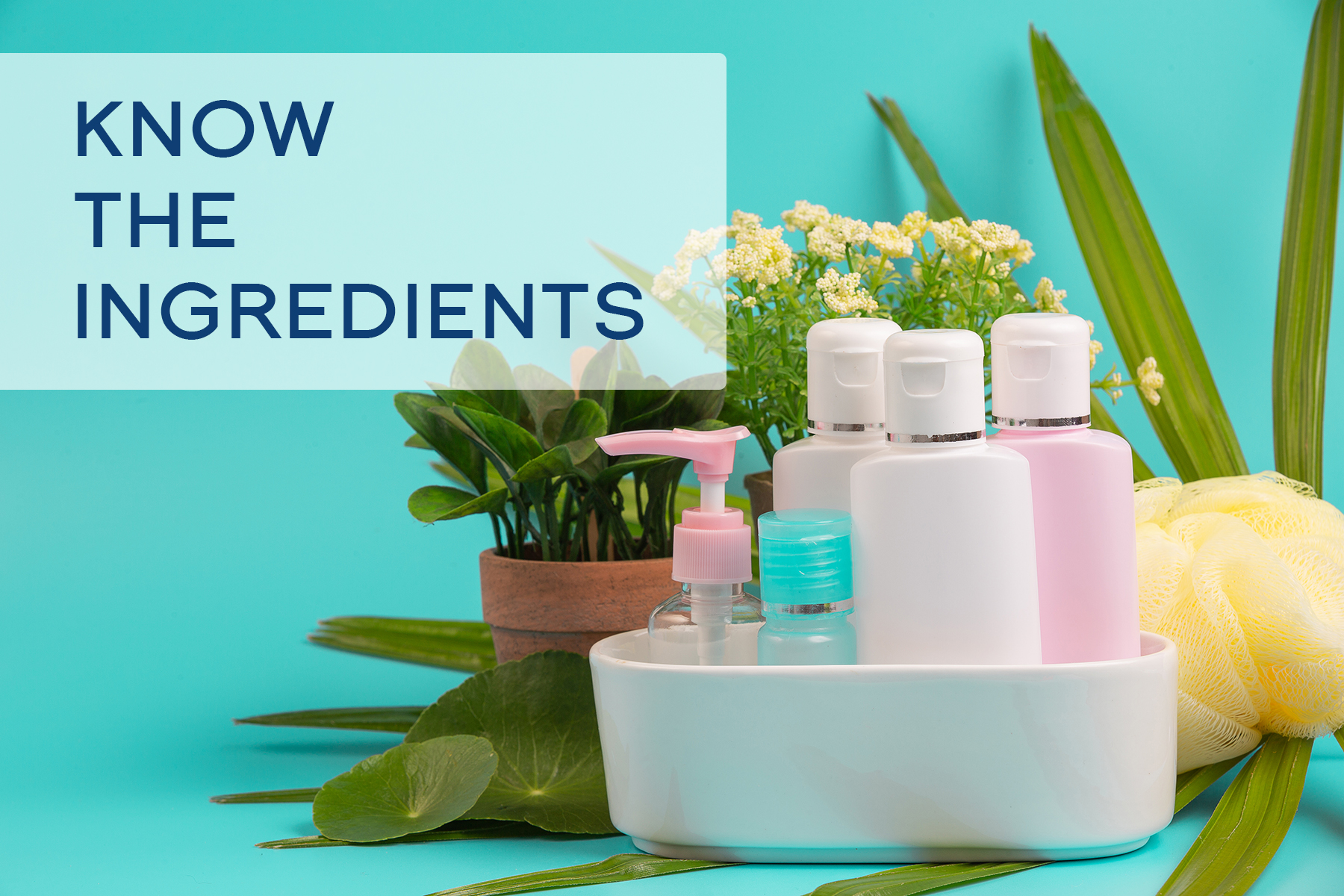Are your personal care products interfering with your fertility?
In today’s world we are constantly surrounded by hormone disrupting toxins. While we cannot control what we are exposed to all the time, we can control what we are exposed to in our personal care products.
Evaluating the toxins in our products can seem like a daunting task, and it can be difficult to know where to begin. Start by familiarizing yourself with these four common toxins, what products you’ll find them in and how to identify them on a label. Then the next time you go to replace a bottle of shampoo or tube of toothpaste, use this as a reference to know what to look for and what to avoid.
Parabens
- Found in shampoo, conditioner, toothpaste, deodorant, shaving cream and makeup.
- Use – prevents the growth of bacteria and lengthens product shelf life.
- Health concerns – endocrine disruptor, increases risk of hormone-related cancers.
- Read labels. Common forms of parabens including methylparaben, propylparaben, and isobutylparaben (among others).
Phthalates
- Found in perfumes, hair care, nail polish, and lotions.
- Use – plasticizer and helps scents last longer.
- Health concerns – endocrine disruptor, reduces sperm count, poor IVF outcomes.
- Read labels – avoid phthalates, DEP, DBP,DEHP, and fragrance. Oxybenzone
- Found in 80% of sunscreens.
- Use – blocks UV rays.
- Health concerns – endocrine disruptor linked to early puberty in girls, infertility, and hormone-related cancers.
- Read labels. Avoid oxybenzone and Bp-3. Instead, choose sunscreen with zinc oxide as the active ingredient
Triclosan
- Found in soap, hand sanitizer, lotion, toothpaste, and teeth whitening products.
- Use – prevents growth of microorganisms.
- Health concerns – increases expression of androgen and estrogen sensitive genes, disrupts thyroid function.
- Read labels. Avoid products with triclosan (TSC) or triclocarbon (TCC).
Lead
- Found in 61% of lipsticks, including common brands like L’Oreal and Cover Girl.
- Use – none, presence is due to contamination of other ingredients.
- Health concerns – neurotoxicity, reduced fertility, hormonal imbalances, and delayed development.
- Read labels. Unfortunately lead will not appear on labels. It is best to use natural brands who you trust to have high safety and sourcing standards, or avoid use of lipstick entirely when trying to conceive.
You can work on replacing your products with non-toxic options one by one, slowly over time to avoid feeling overwhelmed. I like to remind my mommas-to-be, these changes aren’t just for you during the preconception and pregnancy period, but they will also help protect your current and future children from being exposed to toxins as well.
